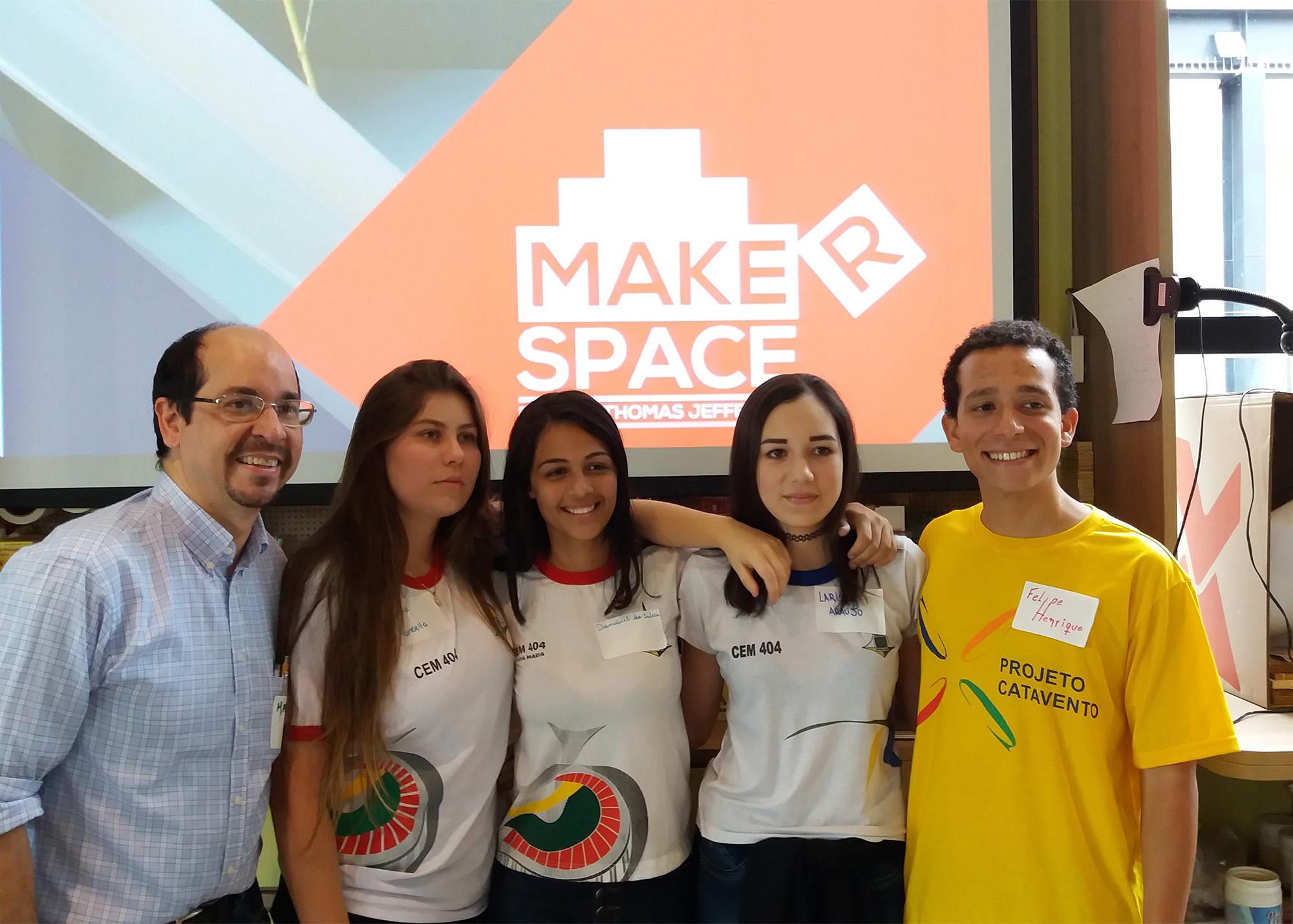
There are many makerspaces in the world and many of them have something in common: Educators emphasize the importance of building maker competence and confidence. In the book Maker-Centered Learning, the authors mention that educators involved with the Maker Pedagogy take a special interest in competence and confidence building and how these character traits foster a tinkering disposition. People who make projects in makerspaces often become comfortable with the natural uncertainty of the tinkering process and become more willing to work in a project that involves content that they might have seen only in theory.
Maker centered competence and confidence may support the development of a tinkering disposition specifically but can also be seen as building blocks for a wide variety of other dispositions. For example, as a result of the development of competence and confidence— and depending on the particular maker activities a student engages in— a student might develop a carpenter’s disposition, an entrepreneur’s disposition, or a hybrid disposition that draws on a combination of any number of maker competencies. Also, Students and educators learn to be patient, to recognize how their limitations guide them through the making process, to collaborate, to work with their peers, to respect the material and the tools, and to develop a sense of common, shared projects.
On Monday, May 15th CTJ Makerspace welcomed Unb – Brasilia’s federal University scholars and public school students who take part in the initiative Catavento – a project that aims at promoting discussion and awareness of the consumption and production of renewable energy. CTJ Makerspace staff members understood that engaging these students and educators in a maker centered activity would help them build a maker mindset, practice English, and learn that they can use our collaborative platform to hang out, learn new skills, connect with people and ideas and become independent learners.
When students arrived, they were given a tour and we showed them all the free machine training workshops we offer the community (3D printers, laser cutter, plotter and sewing machines). After that, they learned about simple circuit building thought LittleBits challenges. Then, students learned what a Goldberg machine is and started collaborating to build their own. Throughout the program, CTJ staff members felt the thrill of witnessing once more what the book aforementioned advocates as the most important benefits of a maker centered activity. Create opportunities for a mindset change, and consequently, foster an I can do it attitude that is crucial to anyone who is involved in collaborative projects that aim at promoting the soft skills necessary to become active agents of change.
Sarah - Maker, 29/Ago/2024